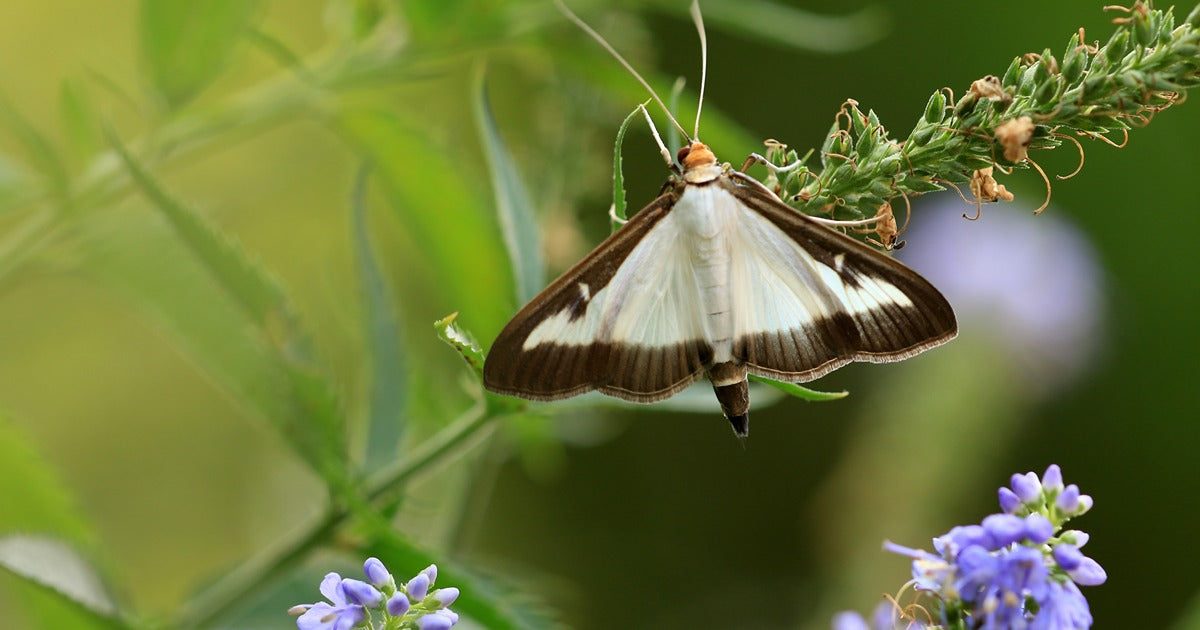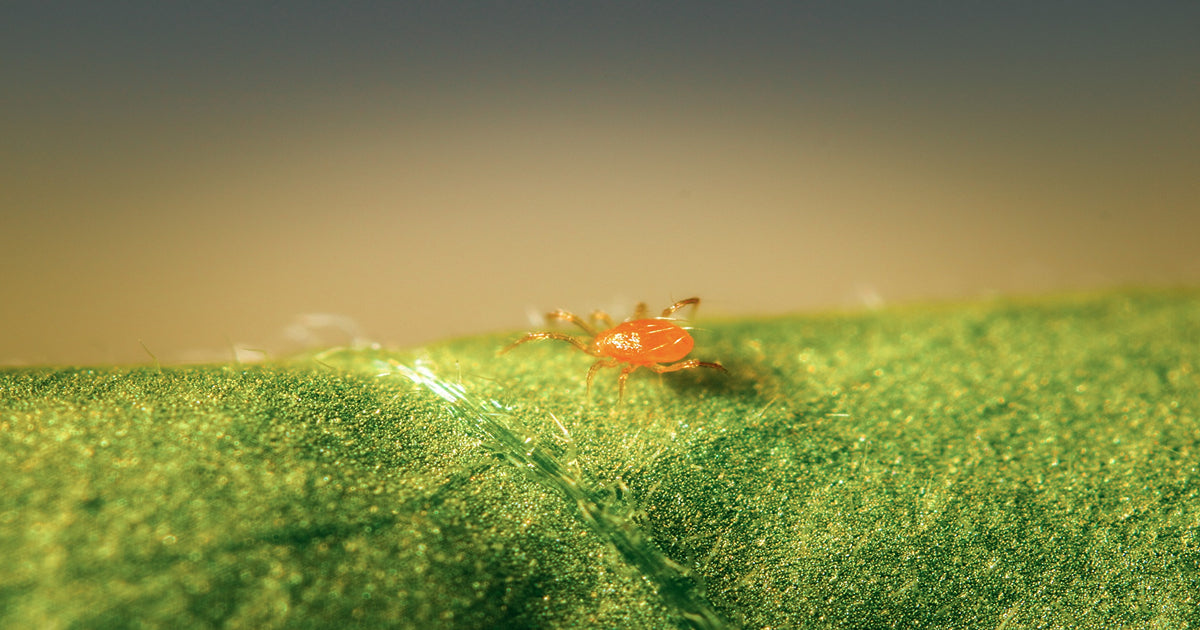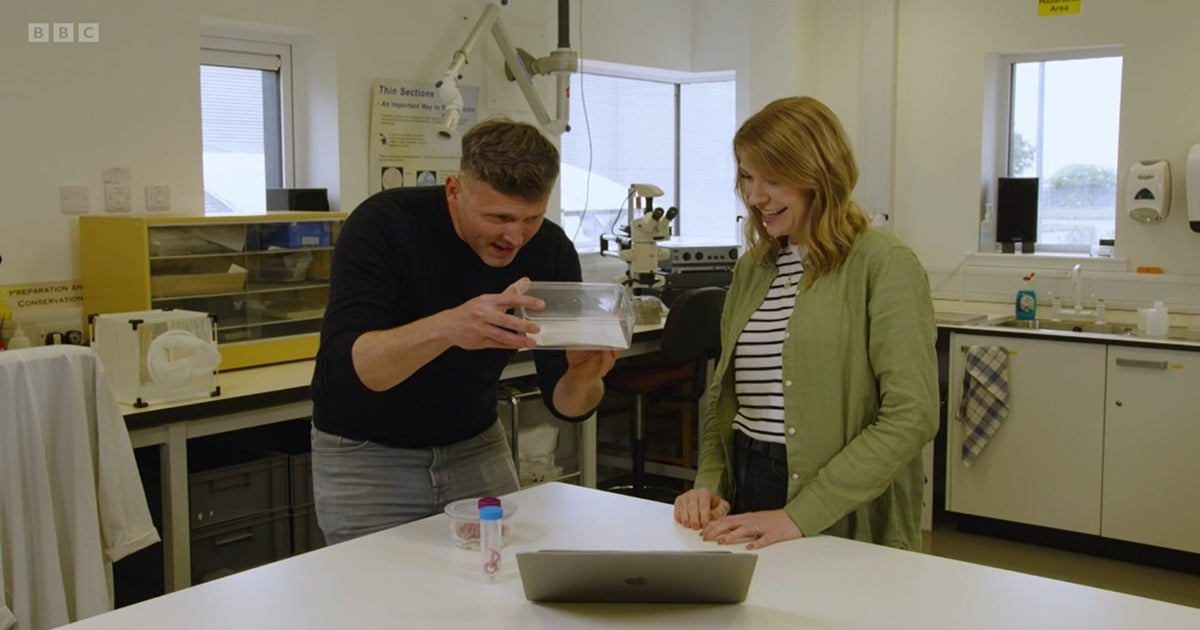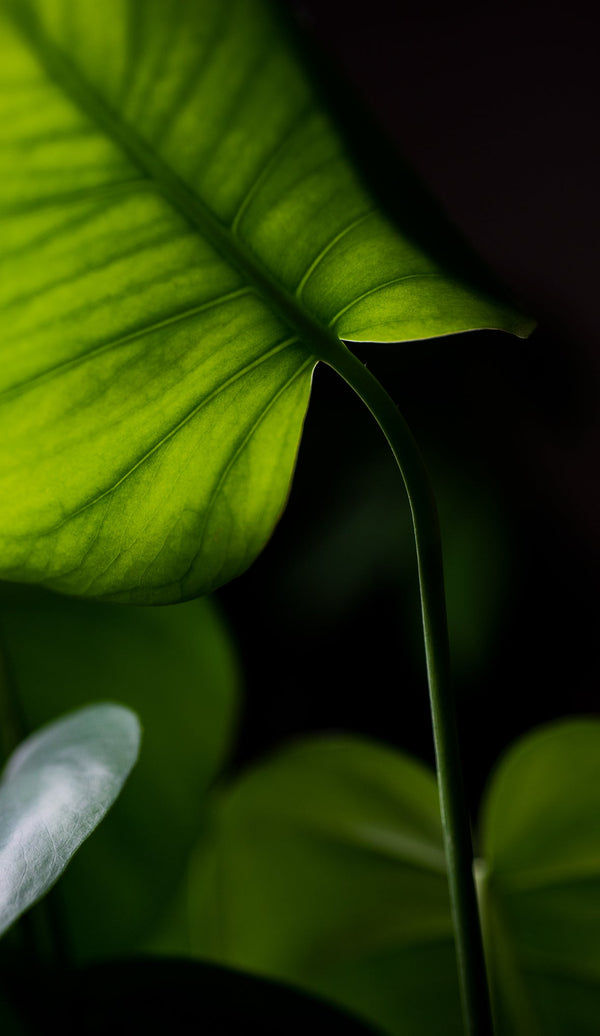
A Guide On How To Combat Summer Insect Pests
At last! Some warm weather of late, which is great for being in the garden and helping plants and crops grow. This weather does, however, also speed up the development of some seasonal insect pests. We'll now look at how to control these pests naturally, and include some strategies in how to counter Chafer Grubs, Thrips, Box Tree Moths and Wasps.
Summer Pest No. 1: Chafer Grubs
Chafer Grubs will begin feeding on grass roots in August.
From May onward Chafer Beetles will start emerging. This year some may have emerged a bit later due to a colder spring. Egg laying will have followed, and those eggs will now be developing into larvae / grubs. These white coloured grubs will then start feeding on grass roots in August.
The first sign of Chafer Grub activity might be the appearance of birds pecking on the lawn to feed on the grubs. Badgers will also rip up turf looking for the grubs. Damage to lawns from birds or badgers feeding on them can be very severe. Other symptoms of Chafer damage are the yellowing of lawns and grass with little or no root system.

An example of severe damage to a lawn following activity from birds and badgers as they sought for Chafer Grubs.
The natural solution for control of these grubs is the use of nematode applications against them. In hot dry summer months this can be more difficult, as nematodes need some moisture in the soil to be active and do not like bright conditions at the time of application.
Advice For Successful Nematode Treatment Against Chafer Grubs In The Summer

Nematodes need moisture in the soil to be active and do not like bright conditions when they are applied.
Some handy tips to remember to ensure an effective nematode treatment:
- Irrigate and water lawns before application
- Apply nematodes with plenty of water
- Avoid applying on bright, sunny days
- Water lawns after application
- Repeat nematode treatment for severe infestations
- Try to apply nematodes when the Chafer Grubs are smaller i.e. in August / early September (Later applications are possible but tend to be less effective. The grubs are larger at this time, and the soil is cooler so the grubs have burrowed deeper down into the turf).

For lawns that are already damaged, it is possible to treat them with some biostimulants such as our Lawn Grub Repair Boost product. This boost is specially formulated to stimulate new root growth and top growth of grass and turf, helping lawns to recover from insect attack and to make them more resilient going forwards.

Summer Pest No. 2: Thrips

Thrips are the smallest winged insect but can cause considerable, and sometimes fatal, damage to your plants.
If you are growing plants indoors, in glasshouses or in polythene tunnels, you may well attract tiny insect pests called Thrips, which are in fact the smallest winged insects. These minute insects can cause considerable damage for such small insects! The larval and adult stages both feed on plants, piercing leaves and flowers. Damage symptoms can appear as large silvery-grey areas on leaves, and grazing marks on flowers. Tiny black marks can sometimes also be observed in the feeding areas. Leaves will often turn brown and die, and some fruit may develop twisted. Thrips can also spread harmful plant viruses that cause plants imperfections.

Typical Thrip damage can be identified by the browning of leaves which, if not treated, can kill the leaves and eventually the entire infected plant.
Advice For Successful Treatment Against Thrip In The Summer
The first step is to monitor and adjudicate as to whether your plants are indeed infected with Thrip. Hang up a few Yellow or Blue Sticky Traps to catch the flying adults. You may also wish to start examining flower heads and leaves for the tiny pencil shaped adults and orange-yellow coloured larvae.
There are now quite a few different predators and predatory bugs that can be applied to control thrips and knowing which to use can be a little confusing so here is a very general guide for the summer months:
- For young plants, or for the fast release of predators onto leaves, apply our Amblyseius swirskii predatory mites directly from shaker bottles. These small predatory mites feed on thrip larvae but not the adults.
- For preventative and longer term protection of plants from thrips, apply and hang from your plants our Amblyseius swirskii sachets. These sachets release the predators for 4-6 weeks.They were developed for use in hot countries, so will last longer and produce more predatory mites than the paper sachet alternatives in the summer months.

Our Amblyseius swirskii predators are best for combating Thrip larvae. Use our swirskii shaker bottles for immediate relief from infestations, and our swirskii sachets for preventative cover.
- For plants with high numbers of thrip adults, consider supplementing Amblyseius swirskii predators with Orius predatory bugs. These predators feed on thrip larvae and adults but can take time to establish. The Orius benefit from also feeding on pollen, so tend to establish better on flowering plants.
Summer Pest No. 3: Box Tree Moths

Box Tree Moths are now present in southern England and spreading northwards. Their caterpillars can devastate Box Tree plants and hedges, and in high numbers can even kill the entire plant and large areas of the hedges. Their feeding leaves brown leaves and, if present in high numbers, also webbing. The caterpillars are a of a green and black colouring, and the moths are white with a brown edge.

If Box Tree Caterpillar infestations are left untreated, entire areas of hedges can be killed.
Advice For Successful Treatment Against Box Tree Moths In The Summer
The first step to help prevent an explosion in Box Tree Caterpillar numbers is with the use of Box Tree Moth Pheromone Traps. These traps are supplied with a sex pheromone lure that attracts the male box tree moths. Once caught they are not able to mate with the females, which helps reduce egg laying. The traps also provide an important early warning of an impending caterpillar attack that should arrive a few weeks later.

Our Box Tree Traps catch and kill male Box Tree Moths. This reduces moth breeding, reducing future caterpillar numbers, and also providing a handy indicator of the level of your infestation.
Professional gardeners and growers have access to a natural bacteria product that kills the caterpillars but this is not licensed for use by hobby gardeners. This is despite it being accessible and sold on certain online platforms by some naughty sellers. The product in question is called Xentari and it is not legal to use in the UK for gardeners. There remains a natural (and legal!) solution available to treat this pest, however, in the form of nematodes.

Our Box Tree Caterpillar Killer nematodes are highly effective in killing Box Tree Caterpillar pests.
Box Tree Caterpillar Killer nematodes should be applied directly onto the Box Tree Caterpillars. It is important to take time with your application, targeting the nematodes directly onto the caterpillars. It is easier to do this with a small sprayer or knapsack sprayer (find our Nema Super Sprayer here which is perfect for these forms of applications). Please also remember to avoid applying the nematodes in bright, hot conditions. It is also good practice to repeat the treatment to ensure a thorough coverage. Box Tree Caterpillar Killer is supplied with two packs, so that you can achieve this. The unopened pack can be stored in a fridge. Box Tree Moths have several generations a season, so make sure your Box Tree Moth traps have active pheromone lures inside them and repeat the nematode treatments each time you see a fresh outbreak of the caterpillars.
Summer Pest No. 4: Wasps

Wasps are useful predators of caterpillars and aphids before they finish building their nests and feeding their young.
During the spring wasps have been busy building their nests and are quite useful as predators of caterpillars and aphids, as they collect them to feed their young. This changes as we reach mid-to-late summer. The wasps will have finished their jobs in building the nest and feeding their young. This triggers them to scavenge, and often results in them targeting food and drink being consumed by humans outside, which results in conflict!
Advice For Successful Treatment Against Wasps In The Summer
To help reduce the likelihood of this wasp and human conflict, Dragonfli supply a Wasp Trap that contains a natural attractant which only attracts wasps and flies.

The Dragonfli Wasp Trap is very efficient at catching large numbers of wasps.
The trap should be placed a short distance away from your own drinking and eating areas to draw the wasps away. The trap should also be checked on a regular basis to ensure enough liquid attractant is present inside the trap. Each Wasp Trap is supplied with attractant and refill attractant is also available to purchase here.





